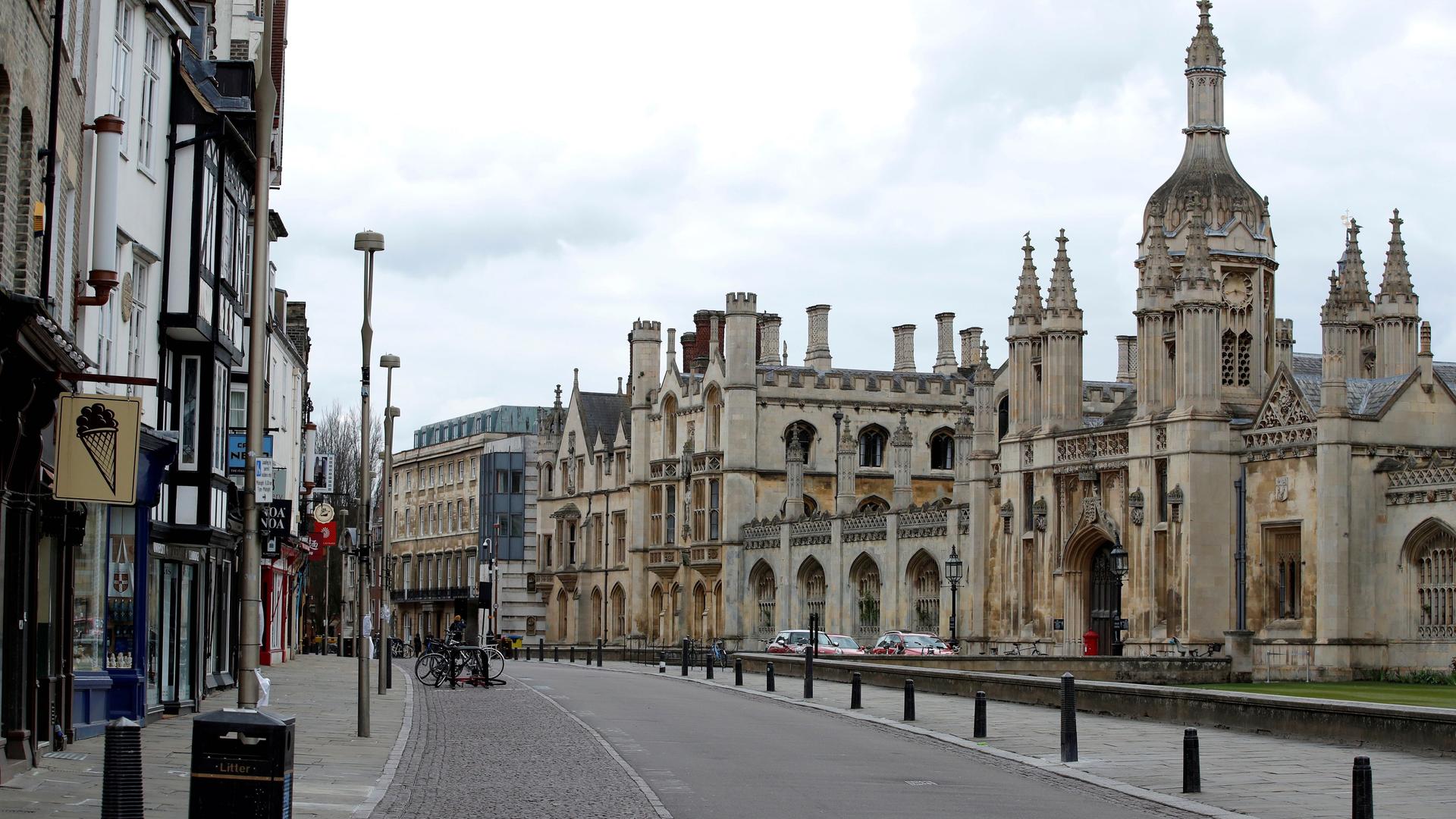British universities weigh risks of welcoming students back to campus amid coronavirus
More US colleges were grappling with high numbers of students testing positive for the coronavirus just days into the start of the fall semester after some universities rolled back their campus reopening plans in recent weeks.
Related: A new report predicts a ‘tsunami’ of mental health problems for years to come
The University of Alabama on Monday reported more than 550 people across its campuses had tested positive for COVID-19 since it resumed in-person classes on Aug. 19. Most of those infected were students, faculty and staff at the university’s main campus in Tuscaloosa.
Citing a “dramatic increase” in cases of the coronavirus on campus, the mayor of Tuscaloosa issued an executive order on Monday ordering bars to shut down for 14 days and placing restrictions on other establishments.
Alabama is not alone in scrambling to deal with COVID-19 college outbreaks. The University of Southern California (USC), which resumed education almost entirely online on Aug. 17, on Monday said that more than 100 students at the University Park Campus in Los Angeles were in a 14-day quarantine after exposure to the virus.
Ohio State University, where classes resume on Tuesday, this week issued more than 200 interim suspensions for students following a string of large parties where health and safety rules were largely ignored, according to media reports. Last week, the University of North Carolina at Chapel Hill canceled in-class instruction after positive cases of COVID-19 shot up dramatically.
British universities, too, are also weighing the risks — they are aiming to teach students mostly in person next month. Eric Lybeck is a sociologist at The University of Manchester. He told The World’s host Carol Hills that British universities are under huge financial pressure to welcome students back in person.
Related: Canada is granting residency to some asylum-seekers working in pandemic health care
“It’s just simply if the students don’t turn up, the funds of the university run out. So, the pressures to have everyone come onto campus are really coming from this need to get the fees via the students’ tuition. And if that wasn’t the case, then they can probably have a few more options such as going online only,” he said. “I think the bigger issue now is a combination of the wider context — is a bit like the US — the pandemic isn’t under control. And then secondly, there’s the issue that there’s a lot more students planning to come due to the way that the Department of Education organized things.”
Carol Hills: Why are more students expected to show up at British universities this fall than were expected?
Eric Lybeck: So, this is pretty confusing, and it’s because it’s very much a different system than the American exam system. But you could picture something along the lines of SATs but these would be subject-level tests and a bit more advanced and those are called A levels and you need a certain number of A levels to qualify for admissions to different universities. The exams are usually taken in the spring and the results are released and then the universities can finalize the offers. So, prior to that everything is based off of what’s called predicted grades. So, the teachers would have to write down, “We think that the student is going to get an A.”
So, what happened this year with the A levels? Why is it creating a bumper crop of students who are going to show up at universities?
In March and April, they were canceled at the start of the pandemic. And so, the students had these predicted grades, but they’ve not taken any exams. So, they submitted their predicted grades, and then the universities were prepared to receive their grades. But then there’s a regulator called Ofqual. And they were tasked with deciding whether a predicted grade was likely to be accurate or not. And this is the controversy because what they did was they used an algorithm that more or less sent about 40% of the grades substantially down.
The algorithm has been proved to be not effective at doing what it’s supposed to do. So, what they’ve done is just scrapped the revised grades entirely and gone back to the predicted grades. So, what that does is it actually raises up everyone to a level that is quite unseen in any year, where you have almost every student who could qualify is now eligible to go to essentially to the top universities in the country. And so, what’s happening is the upper tier of the universities or the schools that lots of students want to go to, those universities now have something like 150, sometimes 200% of a normal intake. But what that means is that there’s also universities in the middle and lower tiers that might have very few students at all because they would normally be coming to them.
So, those schools that expected students who are now not getting them, they lose money, and then the upper tier schools have to somehow find a way to accommodate a lot more students in the middle of a pandemic.
Exactly. So, there’s enough space in the system, but they’re sort of in the wrong places. And there’s also not really time for the government to sort this out. So, they really made a bungle of this whole thing.
Reuters contributed to this report. This interview has been lightly edited and condensed for clarity.
